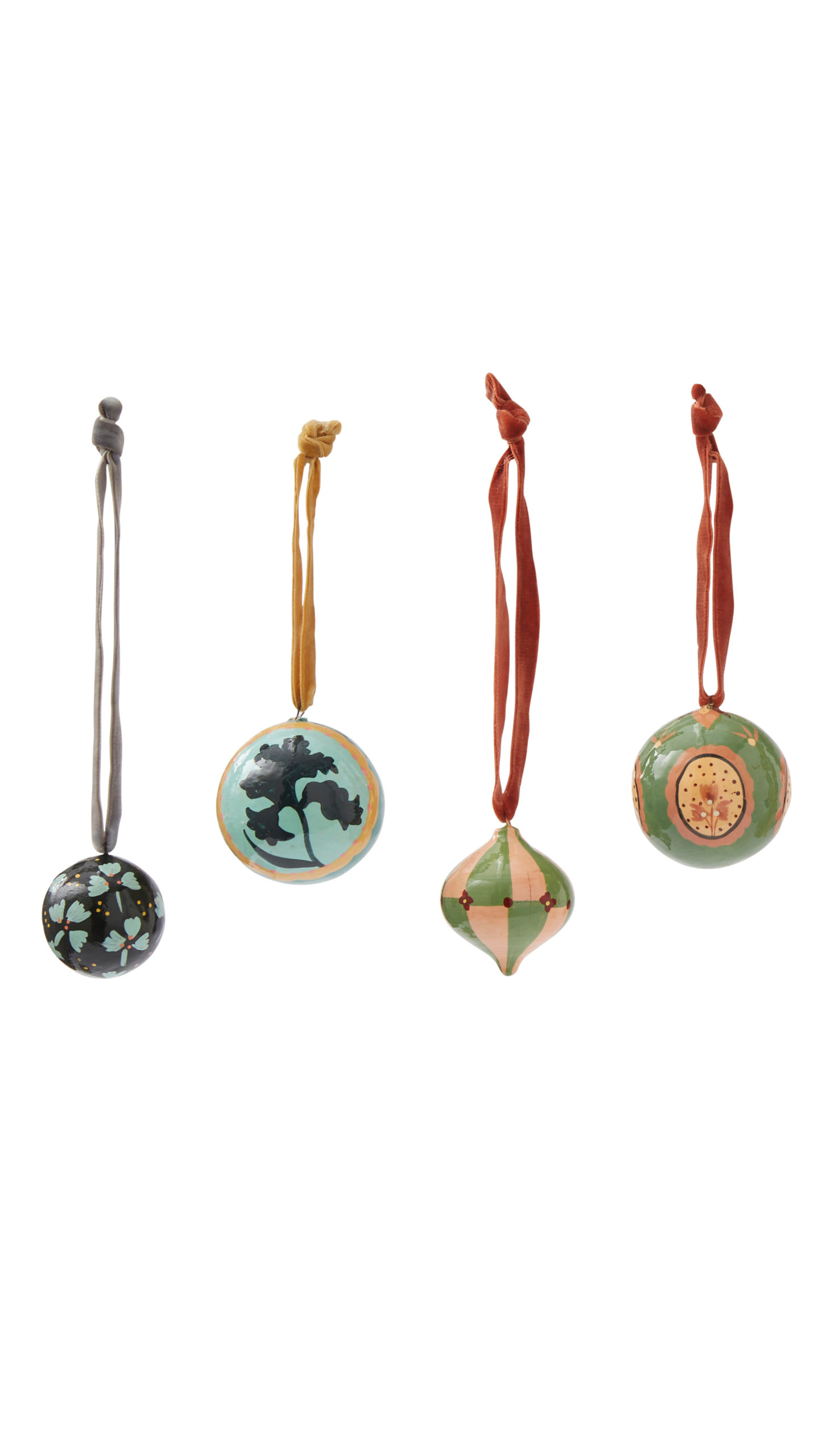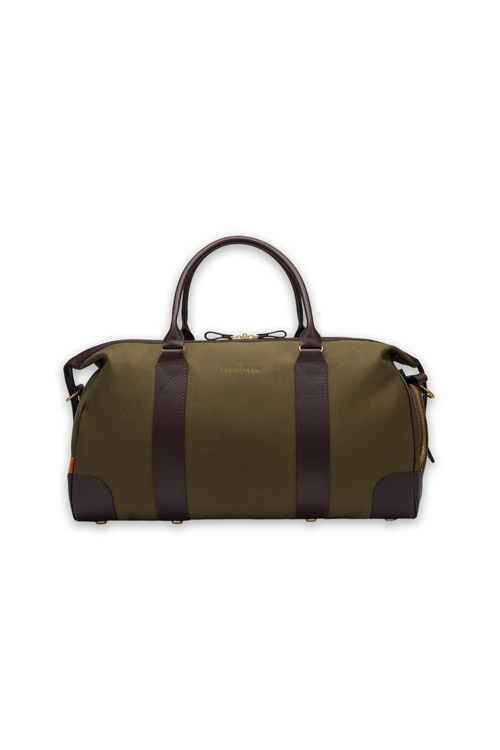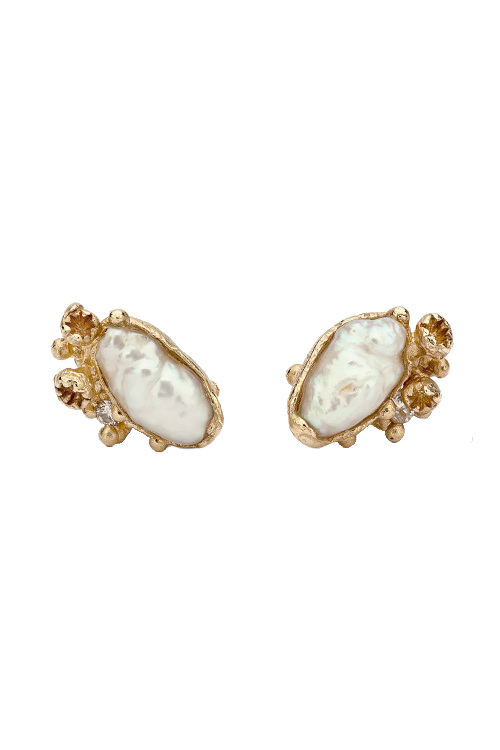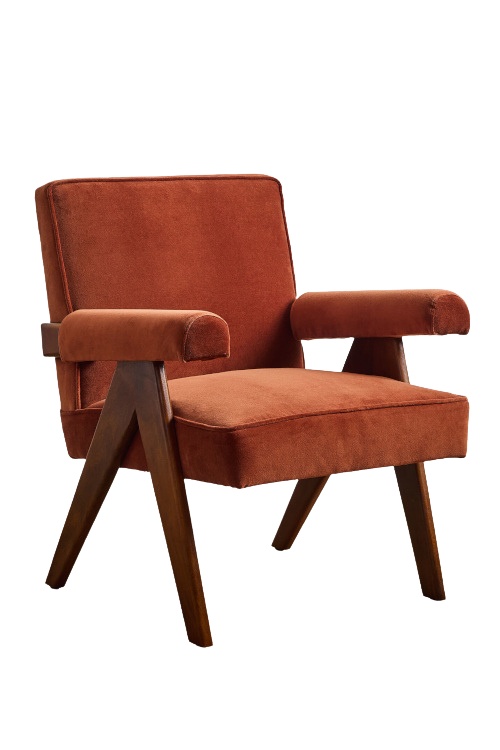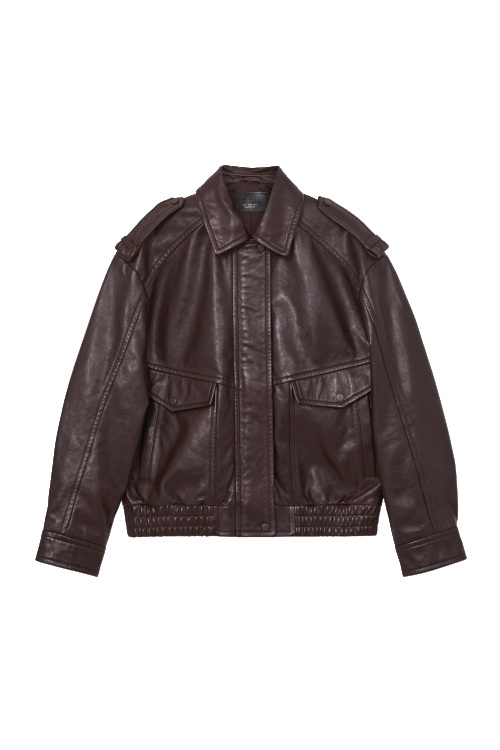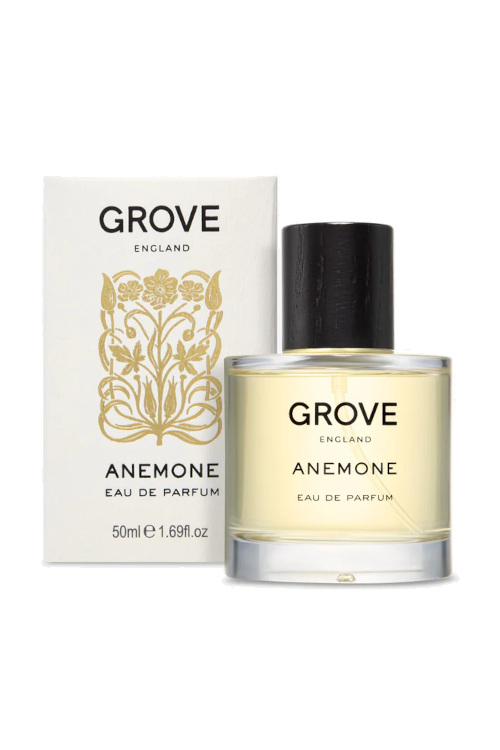A First Look At The Design Museum’s New Wes Anderson Exhibition
By
49 seconds ago
Step inside the wacky world of one contemporary cinema’s most original filmmakers
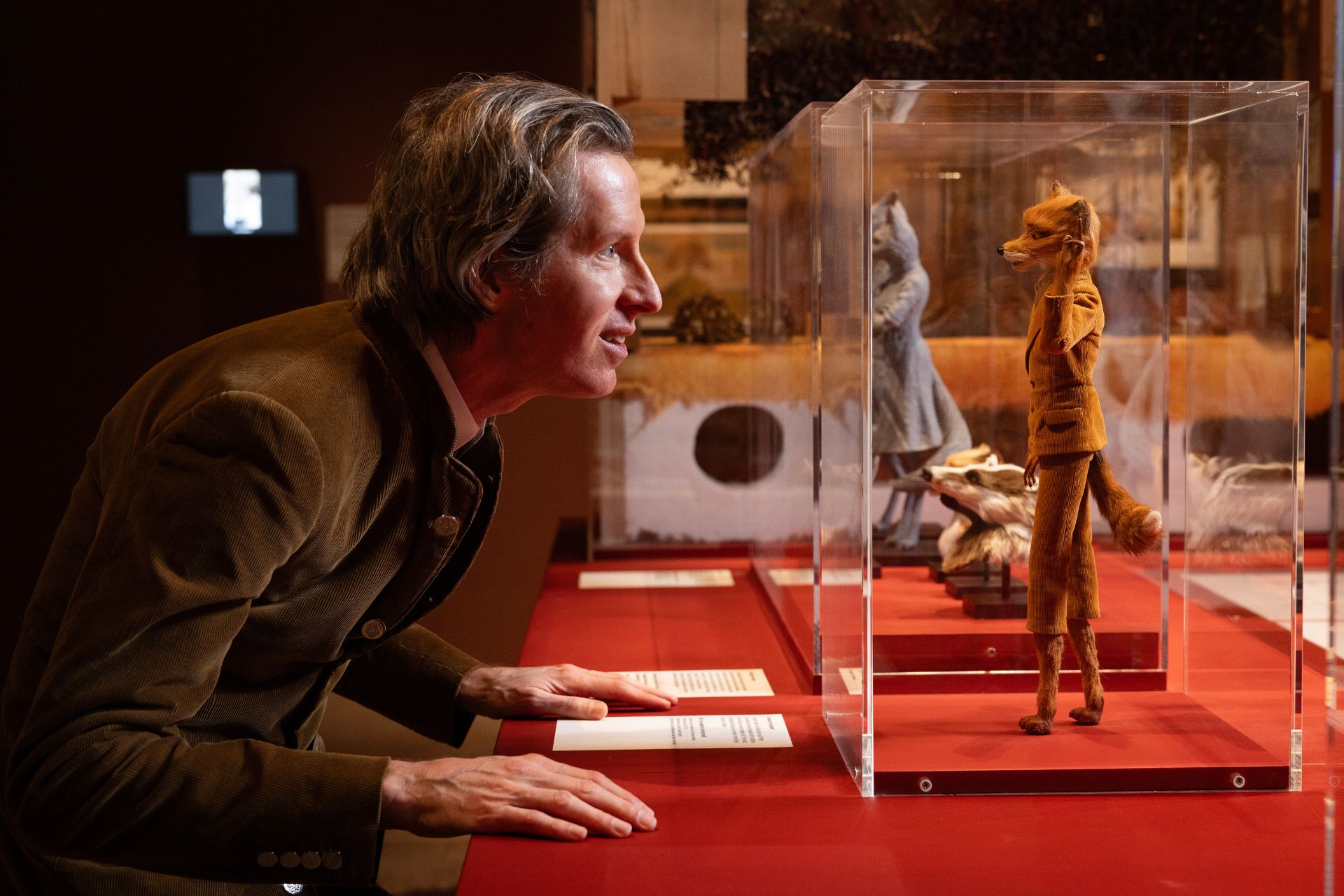
Do you have a favourite Wes Anderson film? The Royal Tenenbaums (2001) perhaps or The Darjeeling Limited (2007)? Whether you are a Wesophile or not, the Design Museum’s new exhibition – opening this weekend – is a fascinating and (yes) fun foray into the meticulous mind of one of this century’s most original filmmakers.
Each film, from his first (Bottle Rocket, 1993) to this year’s The Phoenician Scheme (2025), has its own section reflecting the Texan director’s unique and painstaking process: among the 700 items on show are sketches, storyboards, scripts with hand scribblings, props, personal notebooks, candid snaps and behind-the-scenes polaroids of his many A-list collaborators (a very young Owen and Luke Wilson, Ben Stiller, Bill Murray, Jason Schwartzman, Adrien Brody, Gene Hackman, the list goes on…), the 3m wide replica of the bubblegum pink Grand Budapest Hotel (used to capture the facade in the film), Margot Tenenbaum’s Fendi fur coat. It’s all there, every item and detail kept by Anderson and displayed here, in this landmark retrospective inviting visitors into his kooky and wonderful world, one created through imagination and obsessive attention to detail.
A particular treat comes at the end of the exhibition, where you can watch Bottle Rocket in a special screening room. Only 14 minutes long, and made in collaboration with Owen Wilson, this was the short that was developed into a feature film – and the rest is cinema history.
The Exhibition Curators Johanna Agerman Ross And Lucia Savi Single Out Their Favourite Three Wes Anderson Films
Isle of Dogs (2018)
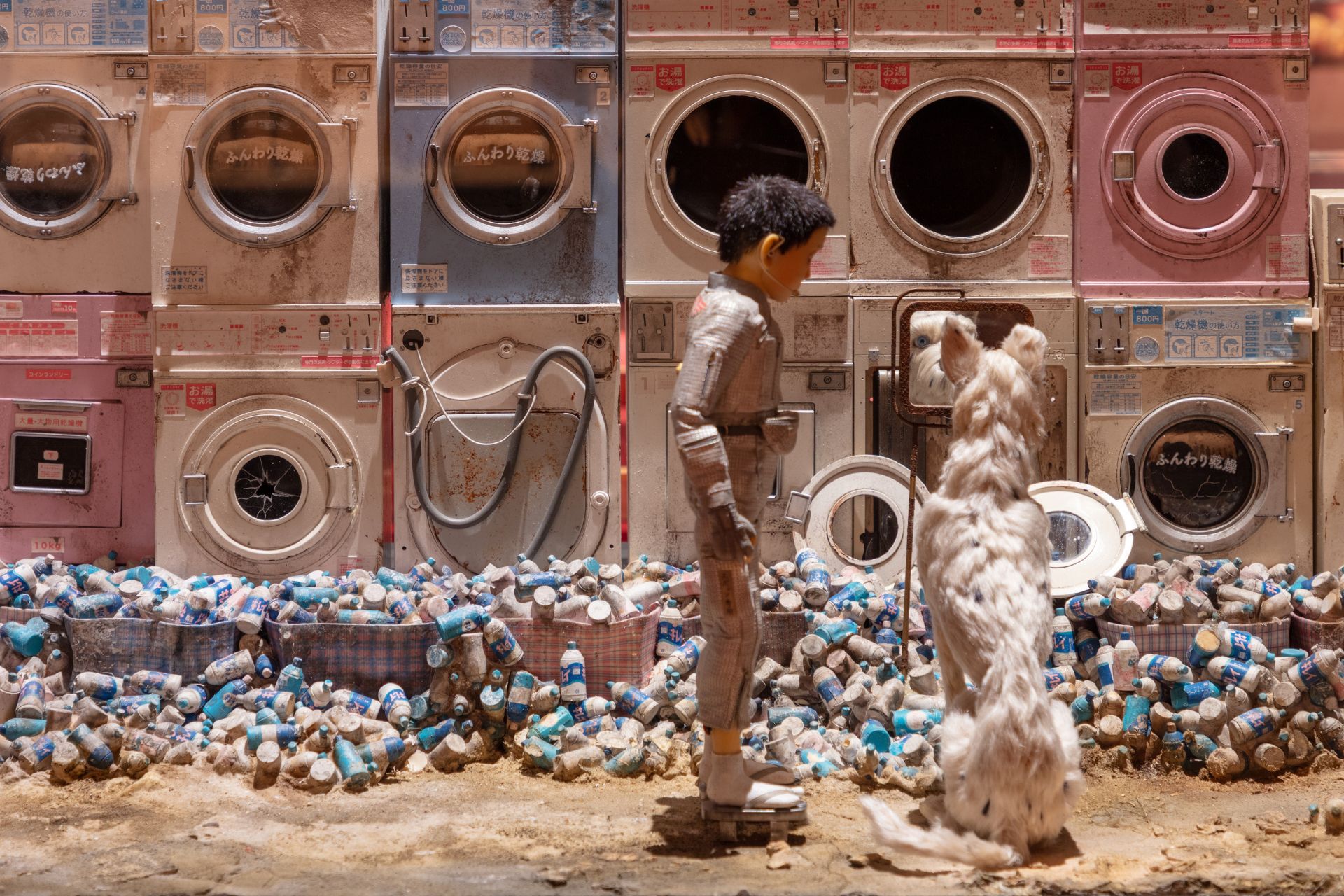
Puppets from Isle of Dogs on display at the Design Museum © Luke Hayes
This is Anderson’s second stop-motion animation. It follows the story of the young boy Atari and his guard dog, Spots, as they get separated by a decree sending all canines of Megasaki City to Trash Island after the outbreak of dog flu. It’s a beautiful observation on the relationship between pets and their humans and it has a hilarious script, full of laugh-out-loud lines. The art of the stop-motion animation is incredible, with over one thousand puppets made for the film. In Wes Anderson: The Archives at the Design Museum we are able to highlight the complex process of making stop motion-animation with character studies, armatures (a puppet’s skeleton) and the beautifully crafted final puppets. Johanna Agerman Ross
The Grand Budapest Hotel (2014)

The model of The Grand Budapest Hotel at the Design Museum © Luke Hayes
The Grand Budapest Hotel is Anderson’s most successful film commercially and it marks a turning point for the director as it embraces new levels of narrative complexity, with at least three parallel stories unfolding simultaneously. To accomplish this feat of nested narratives, Anderson worked closely with production designer Adam Stockhausen to transform the city of Görlitz on the German-Polish border into the Republic of Zubrowka. In the exhibition you can marvel at the monumental model of the hotel, used in filming of the opening scenes and created by model maker Simon Weiss. By constructing the hotel in miniature, Anderson was free to create an entire original building drawing inspiration from hotels in the past, long since demolished. Johanna Agerman Ross and Lucia Savi
The Life Aquatic with Steve Zissou (2004)

Film still from The Life Aquatic with Steve Zissou © Disney
An impressive jaguar shark, personalised Adidas trainers, red beanies and David Bowie’s hits performed in Portuguese by Brazilian artist Seu Jeorge are only some of the many unforgettable ingredients of The Life Aquatic with Steve Zissou. It’s a touching story about an eccentric oceanographer (Bill Murray) out to get revenge on a shark and was filmed in Cinecittà film studios in Rome as well as on board of a World War II minesweeper in the Mediterranean. In the exhibition you can see the many fantastical stop-motion puppets of the marine creatures and costumes by four-time Oscar winner Milena Canonero, all while listening to the film’s memorable soundtrack. Lucia Savi



